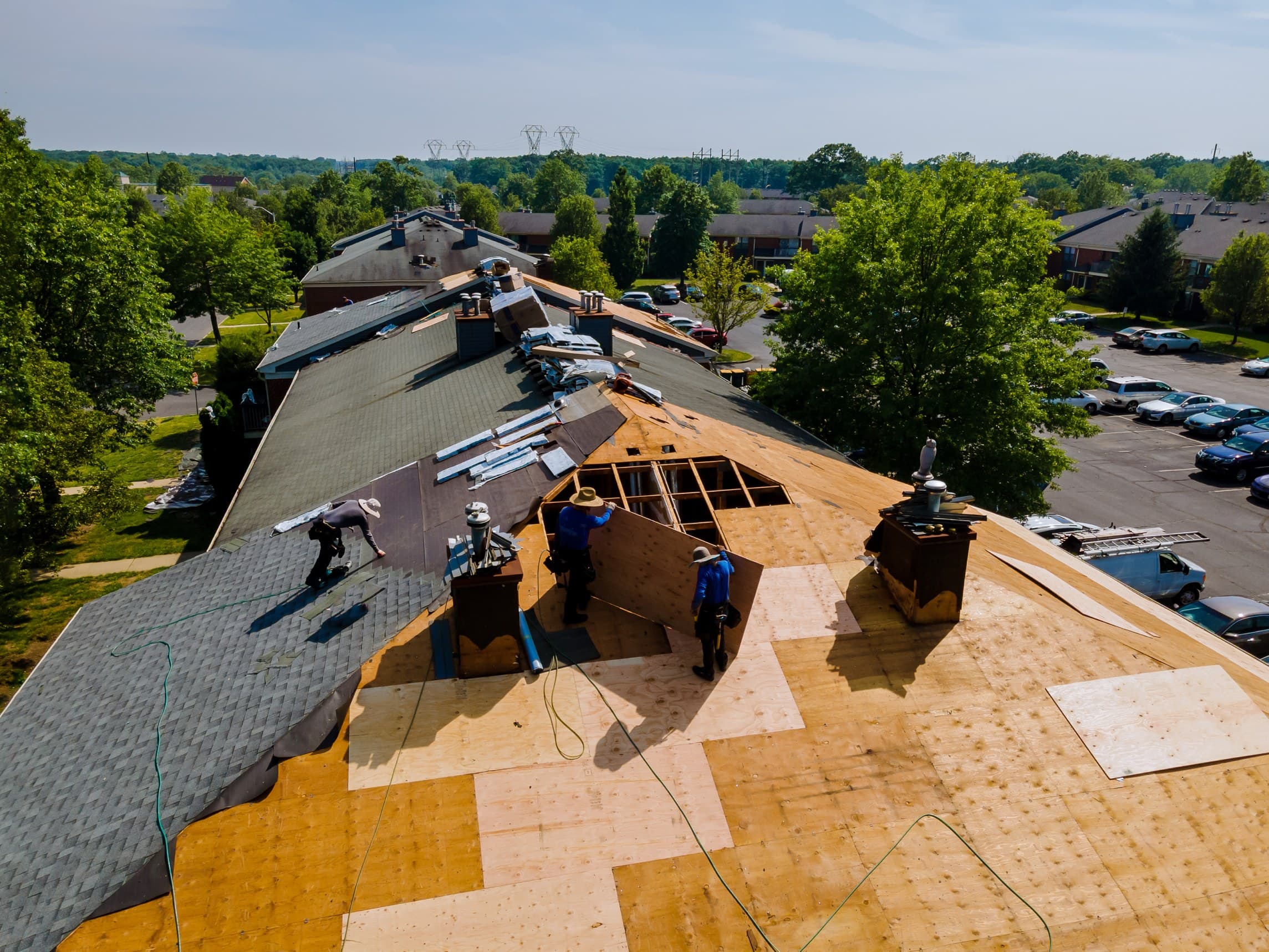Choosing a business VoIP service can be overwhelming, with many options. To simplify this decision-making process and enlighten shoppers regarding costs and essential considerations, we’ve crafted a comprehensive guide. Without delay, here are the pivotal factors to consider in selecting the optimal VoIP provider for your business.
#1 Know Your Business Needs vs. VoIP Features
Many shoppers often rush into exploring VoIP phones without first outlining their specific requirements from a VoIP phone system. This tendency often prolongs their research and leads to confusion during decision-making.
Consider the scenario of Carrie, a business owner seeking to transition from a traditional phone service to a VoIP system for cost-effective customer support operations. Then that means Carrie’s initial needs from a VoIP system include an auto attendant, call routing, and multiple business lines. Other features can be considered secondary or nice to have.
To better understand what a business might require from a VoIP phone system, it’s crucial to familiarize oneself with its standard features:
- Video Conferencing: Facilitates face-to-face virtual meetings for seamless collaboration among clients and employees.
- Auto Attendant: An integral feature directing callers through voice prompts to navigate various departments without live assistance.
- Softphone: A versatile app allowing calls and messaging across devices with internet connectivity.
- Call Forwarding: Redirects calls to alternate extensions or different numbers during high call volumes or busy lines.
- Call Analytics: Measures agent performance, call sessions, and other metrics crucial for enhancing customer service and informed decision-making.
- Business Text Messaging: Enables SMS functionality directly from the VoIP platform.
- Voicemail-to-Text: Transcribes voicemails into SMS texts for convenient access.
By knowing the standard features, shoppers can compare the advanced features of different VoIP systems.
#2 Your Budget Vs. VoIP Costs
Determining a suitable budget for monthly VoIP expenses is crucial in adopting a VoIP phone system. The average monthly cost of VoIP systems is $25-35 per line, which can be used to estimate your budget. However, understanding the breakdown of costs associated with acquiring a VoIP phone system can clarify budget size.
Installation Expenses
The installation cost often hinges on the number of users or lines essential for your business operations.
- Per-User Charge: Installation fees are based on the number of employees utilizing the VoIP system.
- Per-Line Charge: Ideal for businesses handling high call volumes, this method calculates installation costs based on the number of phone lines required.
Subscription Costs
Subscription expenses can be structured annually or monthly.
- Monthly Plans: These are suited for small businesses, offering flexibility with minimal commitment. However, long-term costs might be higher compared to annual plans.
- Annual Plans: Lower overall costs than monthly plans but may involve contractual obligations and potential early termination fees.
Additional Expenditures
Several supplementary costs could impact VoIP expenses:
- Advanced Features: Premium plans often incorporate advanced functionalities, contributing to increased overall costs. Assess the value of these features against their added expense.
- Third-Party Integrations: Enhanced subscription plans incorporating integrations may entail additional costs.
- Bandwidth Upgrade: Evaluating bandwidth needs based on call volumes is crucial. Optimal performance usually requires around 100 kbps of upload and download bandwidth per line.
- Regulatory Fees: Charges associated with system maintenance, updates, and upgrades.
- VoIP Taxes: Tax rates can fluctuate based on business location and phone number usage.
- Termination Fees: Clearly outlined in contracts, these charges are incurred for premature contract cancellation. Understanding and assessing the potential impact of these fees is vital before commitment.
- Watch Out for Freebies: While some VoIP service providers offer free phones as part of their monthly subscriptions, it’s imperative to ascertain the quality and capacity of these devices, especially their ability to support multiple lines, as these freebies often only support up to 2 lines.
#3 Your Business’ Customer Experience Relies on Your VoIP Provider’s Customer Support for You
The caliber of customer support offered by your VoIP provider directly influences your customers’ perception of your business. Thus, prioritizing a VoIP provider with prompt and knowledgeable customer support becomes paramount. Key factors to consider include:
- Multiple Support Channels: An efficient VoIP provider offers diverse assistance channels, from email and chat to responsive phone support.
- Out-of-Hours Availability: Some providers may emphasize a knowledge base comprising video tutorials and FAQs, while others opt for outsourced customer support, ensuring accessibility beyond standard business hours.
- Reduced On-Hold Time: While some VoIP services utilize call routing across agents, evaluating the time spent waiting before connecting with a live representative is crucial.
#4 What Platform Tools Do You Need to Integrate with Your VoIP Phone System?
Most VoIP phone systems have inherent integrations with various third-party platforms, including email, fax, and SMS. However, certain businesses may require additional integrations to sync their diverse platform tools with VoIP phone systems. These integrations might encompass:
- Customer Relationship Management (CRM) Integration: Integrating CRM software enables tracking data such as phone call sessions for enhanced customer interaction and relationship management.
- Cloud Storage Software: Cloud storage solutions facilitate archiving communication records such as phone calls and video recordings for easy access and reference.
#5 Compare VoIP Security
VoIP technology transforms voice into data packets transmitted over online connections. This presents vulnerabilities that VoIP providers aim to address through robust security measures. Here are some key security protocols offered by VoIP services:
- End-to-End Encryption: Ensures data is encrypted at the sender’s device and decrypted solely by the intended recipient, ensuring secure transmission.
- Multi-Factor Authentication (MFA): Enhances security by implementing multi-step login procedures, requiring additional information beyond passwords to prevent potential data breaches.
- Firewalls: Deployed to detect and block malicious data that could jeopardize network security, safeguarding against potential threats.

What VoIP Providers Do You Have in Mind?
When deliberating on the right VoIP provider for your business, it’s crucial to differentiate between essential features and those that are merely convenient. A clear understanding of VoIP costs sets realistic expectations for your investment in a system. Moreover, the chosen VoIP system should seamlessly integrate into your operations. Therefore, heavily compare each provider based on integrations, VoIP security, and VoIP uptime. Click below for more information.
F2F Telecommunications | Your Practical Guide



